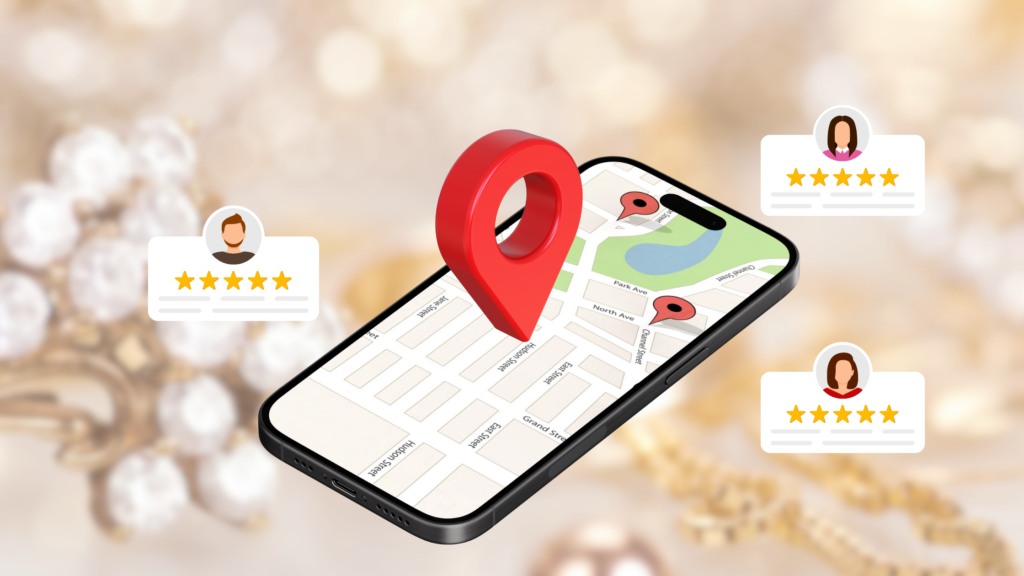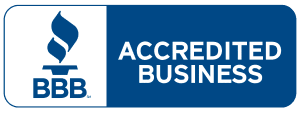In the ever-evolving landscape of digital marketing, on-page optimization remains a cornerstone of a successful SEO strategy. It involves fine-tuning elements on your website to improve its visibility and performance on search engines. At ARKTOP, we understand that mastering on-page optimization is essential for driving traffic and enhancing user engagement. This guide will walk you through the key aspects of on-page optimization and how you can leverage them to achieve superior search engine rankings.
What is On-Page Optimization?
On-page optimization refers to the techniques applied directly within your website to improve its search engine ranking and user experience. Unlike off-page SEO, which focuses on external factors like backlinks, on-page SEO revolves around enhancing elements on your own site. These optimizations help search engines understand your content better and ensure that users find what they’re looking for.
Key Elements of On-Page Optimization
- Title TagsTitle tags are one of the most critical on-page elements. They appear as clickable headlines in search engine results and should clearly describe the page content. Crafting compelling and relevant title tags can significantly impact your click-through rates. Aim to include primary keywords naturally and keep your titles under 60 characters to ensure they display fully in search results.
- Meta DescriptionsMeta descriptions provide a brief summary of your page’s content, appearing below the title tag in search results. While meta descriptions don’t directly influence rankings, they play a crucial role in enticing users to click through to your site. Write engaging descriptions that accurately reflect the content and incorporate relevant keywords.
- Header Tags (H1, H2, H3, etc.)Header tags organize your content into a hierarchical structure, making it easier for both users and search engines to navigate. The H1 tag should include your main keyword and clearly state the page’s topic. Use H2 and H3 tags to break down content into sections and sub-sections, enhancing readability and relevance.
- URL StructureA clean and descriptive URL structure improves user experience and search engine understanding. Avoid complex URLs with unnecessary parameters. Instead, use short, keyword-rich URLs that reflect the content of the page. For example,
www.yoursite.com/seo-tipsis more effective thanwww.yoursite.com/post12345. - Content OptimizationHigh-quality, relevant content is the backbone of on-page SEO. Ensure that your content is well-researched, engaging, and valuable to your target audience. Incorporate primary and secondary keywords naturally throughout the content, but avoid keyword stuffing. Regularly update your content to keep it fresh and relevant.
- Image OptimizationImages enhance user experience but can also impact page load times. Optimize your images by compressing them to reduce file size without sacrificing quality. Use descriptive, keyword-rich file names and alt text to help search engines understand the image content and improve accessibility.
- Internal LinkingInternal links connect different pages within your site, helping search engines crawl and index your content more effectively. They also guide users to related content, improving navigation and engagement. Use descriptive anchor text and link to relevant pages to enhance the overall SEO value.
- Mobile FriendlinessWith the increasing use of mobile devices, ensuring that your site is mobile-friendly is crucial. A responsive design adapts to different screen sizes, providing a seamless experience across devices. Google’s mobile-first indexing means that mobile-friendliness is a significant ranking factor.
- Page SpeedPage speed affects both user experience and SEO. Slow-loading pages can lead to higher bounce rates and lower rankings. Optimize your site’s speed by leveraging browser caching, minimizing JavaScript and CSS, and using content delivery networks (CDNs) to enhance performance.
- User Experience (UX)A positive user experience is essential for retaining visitors and encouraging conversions. Ensure that your site is easy to navigate, visually appealing, and free of errors. User-friendly design elements, such as clear calls-to-action and intuitive layouts, contribute to a better overall experience.
Why On-Page Optimization Matters
On-page optimization is not just about ticking boxes; it’s about creating a user-centric site that aligns with search engine algorithms. By focusing on these key elements, you can improve your site’s visibility, attract more relevant traffic, and provide a better experience for your users.
How ARKTOP Can Help
At ARKTOP, our expert SEO specialists use a comprehensive approach to on-page optimization. We conduct thorough website audits, implement strategic improvements, and continuously monitor performance to ensure your site remains competitive. Partner with us to elevate your on-page SEO and achieve outstanding results.
Conclusion
Mastering on-page optimization is crucial for enhancing your site’s search engine rankings and user engagement. By focusing on title tags, meta descriptions, header tags, URL structure, content, images, internal linking, mobile-friendliness, page speed, and user experience, you can set the foundation for SEO success. Ready to take your on-page optimization to the next level? Contact ARKTOP today and let us help you unlock your site’s full potential.













